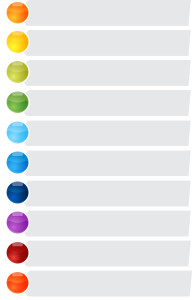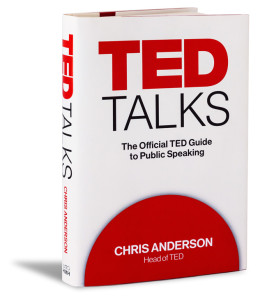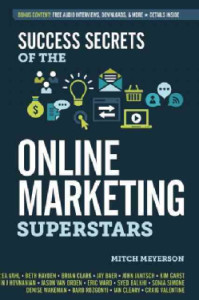Not-So-Palatable Blog Topics

“Fury or eternal apathy. These are the two feelings you’ll evoke from your reader if you dare dip your foot on these not-so-palatable topics,” writes Eunice David of Adhere. And what are those terrible taboo topics when it comes to blog content writing for business?
- political topics
- religious talk
- highly contentious topics
- redundant topics
- capitalizing on tragic events
- self-promotional posts
Let’s talk a bit about that political topic taboo thing. “Choosing a politically charged topic for your business blog pretty much equates to planting a virtual time bomb,” says David. “Your business blog would be a sitting duck for pundits who won’t hesitate to fire back and dent your credibility.” But taking a stance, I’ve found, is what gives a blog post some “zip”. And after all, doesn’t being a thought leader involve stating your own thoughts on the matter under discussion?
Sure it does. Whether it’s business-to-business or business to consumer blog writing, the blog content itself needs to use owners’ opinion to clarify what differentiates that business, that professional practice, or that organization from its peers. But where politics is not directly related to the business or practice, I agree that it’s best not to dip your foot – or your content – into the political arena.
In essence, the same guideline applies when it comes to religion. Assuming your target audience is not a particular religious community, nor is the product or service you’re marketing to them religious in nature, it’s best to stay focused on the topic at hand.
In terms of capitalizing on tragic events, AT&T’s attempt to capitalize on the anniversary of the 9/11 attacks (encouraging social media audiences to take pictures on their phones of the scarred New York city skyline) turned out to be a disaster, points out mic.com. “There is no useful connection between remembering a tragedy and shilling their product.”
Ford did a better job using a tragedy, mic.com adds, by posting a respectful thank you to the first responders of the Boston Bombing, without mentioning any Ford products.
Blatant self-promotion doesn’t work any better for blogs than it would at a party. Blogs are advertorials, if anything, and that means finding the right balance between story and sale. Sure, when people go online to search for information and click on different blogs or on different websites, they’re aware of the fact that the providers of the information are out to do business. But as long as the material is valuable and relevant for the searchers, they’re perfectly fine with knowing there’s someone who wants them for a client or customer. The secret of successful business blogging, I found, is just that – not coming on too strong, staying in “softly, softly” mode.
Since, in writing business blog content, you’re out to elicit neither fury nor apathy, a healthy respect for the negative power of non-palatable topics is in order.

 “There’s little that our brains crave more than effortlessly acquired data,”
“There’s little that our brains crave more than effortlessly acquired data,”  “To provide an effective talk, you must slash back the range of topics you will cover to a single, connected thread,” cautions
“To provide an effective talk, you must slash back the range of topics you will cover to a single, connected thread,” cautions  I like receiving e-letters from my friend
I like receiving e-letters from my friend 
Follow us online!